THE INTERVAL'S DILEMMA - HOW TO DECIDE
Hi!! Welcome back to another Blog Post!
Today I want to explain to you what are the best Intervals setting for shooting Timelapse. So, first of all, what’s an interval? An interval is the time between shots, the shorter the interval the slower the Timelapse, and the longer the interval the faster the Timelapse.
The interval of your timelapse it’s very important, it can make the result very different.
That’s why you need to understand it very well and master it to get the timelapse you imagined before shooting.
Of course, as with everything, the more you shoot and experiment, the more you learn and get used to choosing the best interval for any situation.
The interval changes depending on what you are shooting at.
So let's start from the “shorter intervals”
1 - 2 seconds:
I normally use this interval on static shots about people, cars and events if you shoot landscape this interval is good to get smooth fog movement, storms and fast clouds.
Also, be aware, if you shoot at this interval to get a 10-second clip it would take only a few minutes, so be prepared to shoot a few extra hundred pictures to get a longer period of time.
A 1-second interval is also good for moonrise, which is enough to see a smooth movement when shooting from far away.
3 - 5 seconds:
This is definitely the most common interval you will use, This interval allows you to shoot during the night and do longer exposure during the day if you have an ND filter, with a shutter speed between 2 and 4 seconds, to get that beautiful motion blur on cars, waterfall and river.
Also, if you are shooting scenery with slow clouds this interval is perfect.
To get the colourful sunset and sunrise last longer on timelapse, I recommend shooting at 3 or 4-second intervals, I always prefer to speed up a sequence in Post-production rather than knowing that I have only one second of that amazing sunset.
6 - 10 seconds:
I normally use 10 seconds intervals to shoot shadows or the sun moving through the scene, also this interval range is perfect for those sunsets with very few high clouds or no clouds in the sky, so you can see a beautiful transition from day to night.
7-10 sec interval is also good for Hyperlapse, it’s long enough to set the camera every time you move.
10 - 30 seconds:
With this interval we go straight to Astro Timelapse, depending on what camera and lens you have you can shoot the milky way, for example in my case, using a Sony A7III and a 24mm 2.8, I’ll shoot with a 13-sec exposure and use an interval of 15sec, if I use the 14mm 2.8 I’ll shoot with a 20sec exposure and a 25sec interval.
30 + Seconds:
When we go over the 30-second interval, it’s normally for something very long, like construction, a growing plant or blooming flowers, also good to get those beautiful shots of the sun moving from sunrise to sunset.
So these are some of the examples and interval settings I use!
Of course, if you have any questions regarding this tutorial, feel free to ask me by leaving a comment below or through my social media.
Don't forget to say hi on my Instagram Account and subscribe to my YouTube channel!
I'll see you in the next post!
Thanks for reading!


